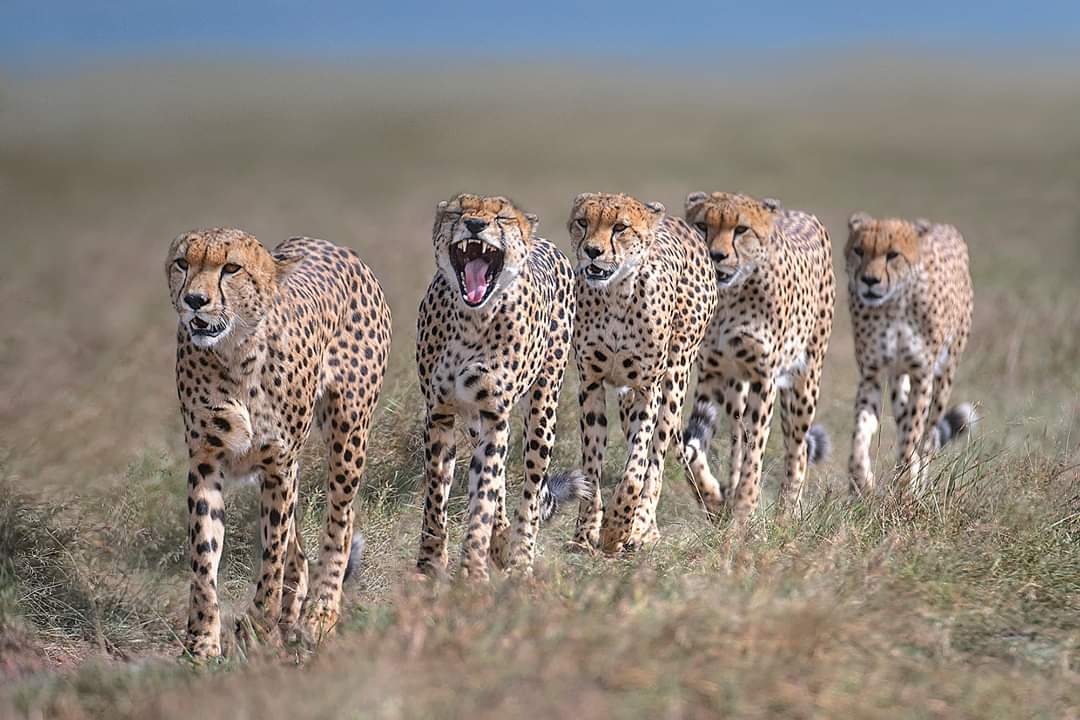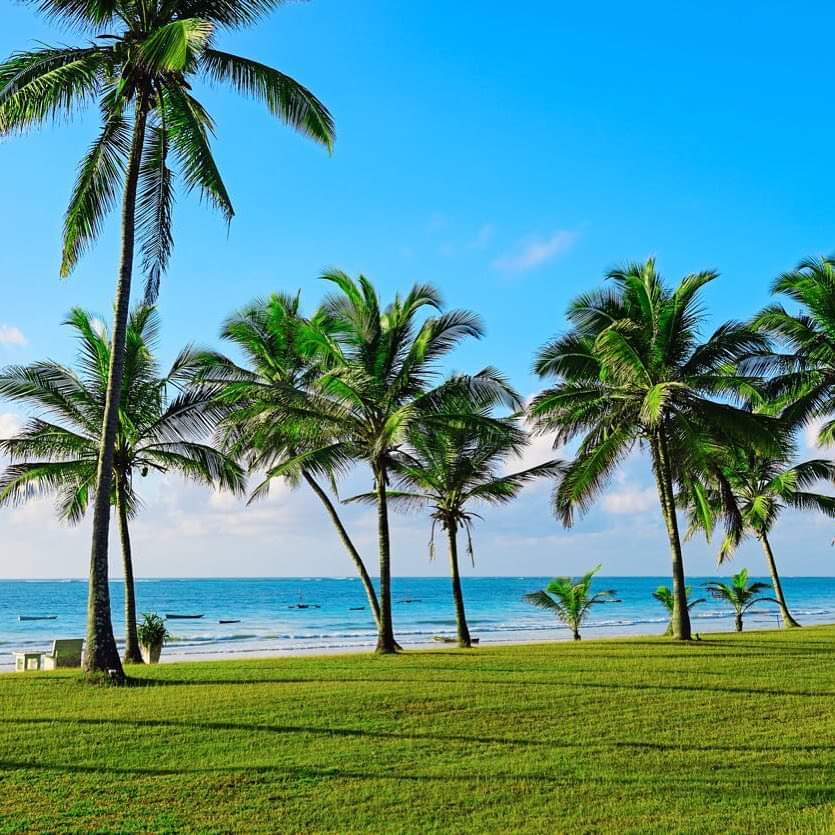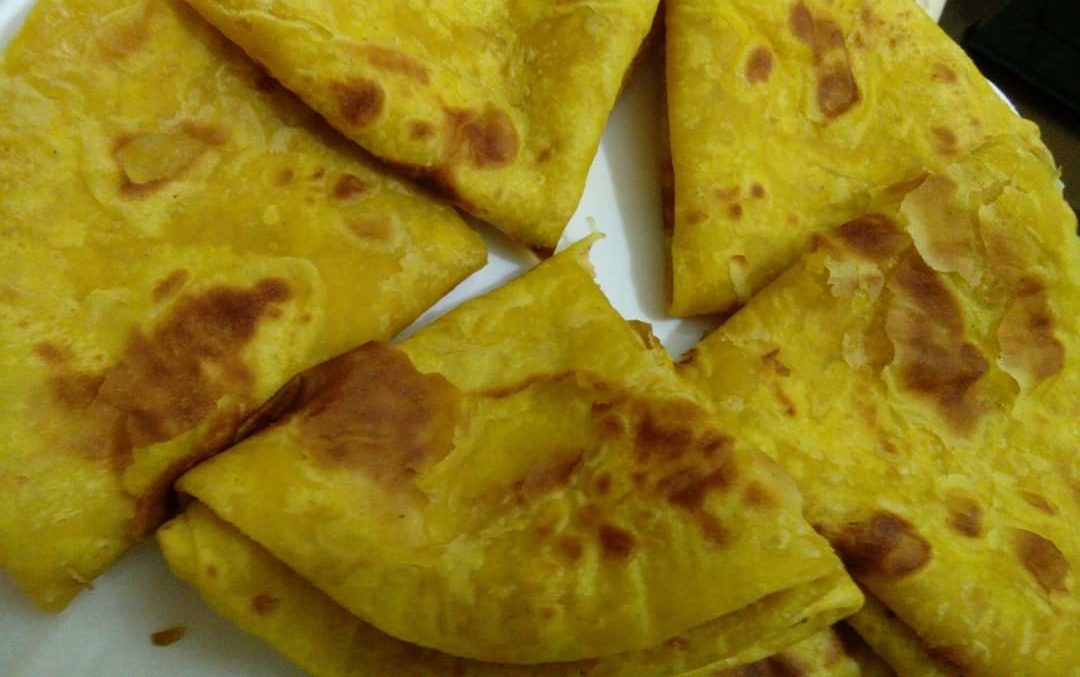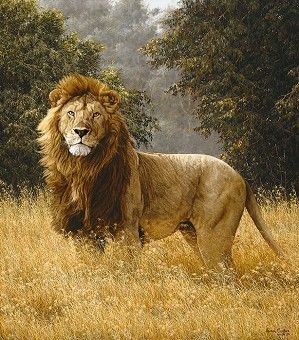Facts about Kenya
As a safari and travel destination, Kenya is unrivalled. An ancient land born of ice and fire, such are the extremes of the Kenyan climate, which ranges from tropical heat to glacial ice, that it has formed a diversity of habitats found nowhere else on Earth.
As to geography, Kenya offers a vast mosaic of lion-gold Savannah, rolling grasslands, ancient rain forests and volcanic plains, Kenya rises from the idyllic shores of the Indian Ocean to the snow-capped peaks of Mount Kenya which, at 5,199 meters above sea level, is an extinct volcano some three and a half million years old. A natural paradise, Kenya is also a cultural microcosm and the age-old ‘cradle of mankind’. Kenya’s people, united under the green, black and red of the national flag, comprise more than 50 ethnic groups and their warmth and hospitality are best expressed in the national motto; ‘Harambee ‘; meaning ‘let’s all pull together’.
HOW DO I PLAN SAFARI TO KENYA?
This is the multi-million question I get about Kenya, well the majority of guest coming to Kenya know Africa as a country, which is not the case. Africa is a continent and Kenya is one of the 54 countries in Africa. That said Kenya consistently ranks as one of Africa’s greatest safari destinations. An average of 100,000 people a month from across the world visit this diverse country every month – thousands of safari-goers are lucky enough to see the astonishing wildlife areas like the worlds 7th wonder Masai Mara National Reserve and spectacles like the Great Wildebeest Migration.
BEST TIME TO GO KENYA SAFARI
Getting your timing right depends, mostly on how much you are willing to spend. Some are held by their jobs and can only travel in a particular time of the year; others are willing to travel during low season which fits in well if you are on a tight budget and finally Majority come here to see the wildebeest which is usually during high season.
Below is a graph showing different types of seasons
| PEAK SEASON | MID-SEASON | LOW SEASON |
| DATE PERIOD | DATE PERIOD | DATE PERIOD |
| 23RD DECEMBER to 1ST JANUARY
1ST JULY to 30th OCTOBER |
2ND JANUARY to 31ST MARCH
1ST NOV to 22nd DECEMBER |
1ST APRIL to 30TH JUNE |
PROS
CONS
|
PROS
CONS
|
PROS
CONS
|
WHY TRAVEL TO KENYA? WHAT TO SEE.
THE WILDLIFE IN KENYA

Kenya offers incredible wildlife viewing. All of the Big Five are regularly seen on a standard safari. The Masai Mara is one of the best places in Africa to see big cats and white rhino which is easily seen at Lake Nakuru. The Rift Valley lakes, especially Lake Bogoria, attract thousands of Flamingos, which feed in the shallow waters and yes, the capital city of Kenya Nairobi has a natural wildlife national park just a few miles from CBD.
BEACHES

Kenya’s coastline is dotted with dazzling tropical beaches, each with its temperament. Diani is the most popular and beautiful, Lamu being more cultural, while Nyali’s proximity to Mombasa makes it more urbanized. Vipingo, located near Kilifi in a coastal area which consists of Swahili villages, Tiwi, a small settlement in Kwale County has a fine share of beauty. Watamu Beach one of the longest beaches about 7Kms long on the Indian Ocean. Gazi Beach beach, located 3Kms from Gazi, the beach is never crowded even during the holiday season, it is the best beach to go if you are looking for privacy. Bamburi Beach located on the northern coast of Kenya Coast. It is incredible, ease and adventurous. Kikambala Beach, surrounded by coconut palm grooves, it is located north side of Mombasa. Last but not least Shanzu, located around 30Kms from Mombasa, the beach offers pleasant and incredible views.
CULTURE IN KENYA

The official languages in Kenya are Swahili and English. However, it is a multilingual country. There are 63 other languages spoken throughout which mainly consist of tribal African languages as well as a minority of Middle-Eastern and Asian languages spoken by descendants of foreign settlers (i.e. Arabic, Hindi, etc). The African languages come from three different language families – Bantu languages (spoken in the centre and southeast), Nilotic languages (in the west), and Cushitic languages (in the northeast).
Kenya is not a homogeneous country ethnicity wise. The make-up of Kenyans is primarily that of 13 ethnic groups with an additional 27 smaller groups. The majority of Kenyans belong to ‘Bantu’ tribes such as the Kikuyu, Luhya and Kamba. There are also the ‘Nilotic’ tribes such as the Luo, Kalenjin, Maasai and Turkana. The ‘Hamitic’ people include the Turkana, Rendille and Samburu. Around 15% of the population are of non-African descent, i.e. Indian, Arab and European.
Kenyans are group-orientated rather than individualistic. “Harambee,” (coming from the Bantu word meaning “to pull together”) defines the people’s approach to others in life. The concept is essentially about mutual assistance, mutual effort, mutual responsibility and community self-reliance.
CUISINE
Ugali- Corn Meal Staple
The incredible most common Kenyan food staple is ugali – usually made from cornmeal that is added to boiling water and heated until it turns into a dense block of cornmeal paste. Ugali has the consistency of a grainy dough and the heaviness of a brick.
For many Kenyans, ugali along with a small number of cooked vegetables or saucy stew is a normal meal.
Muthokoi
it’s not too complicated, a Kenyan dish that consists of boiled beans, with removed corn kernels, and possibly mixed in with a few potatoes and vegetable eg Kales or the local greens.
The combination of Muthokoi is a filling, highly nutritious, and can be quite good when complimented with salt, pepper, chillies, and even beef!
Kenyan Pilau
Pilau is an incredible meal in Kenya. It is the combination of rice cooked with flavour bursting spices like cumin, cardamom, cinnamon, and cloves. The fragrant rice is fantastic to eat with a form of meat stew and a few slices of fresh tomato and onions.
Biriyani is another form of spiced rice that is a popular Kenyan food on the coast.
Nyama Choma – Roasted Meat
This list could not go without the mention of Nyama Choma, the best and most popular meal among revellers. Mostly on Weekend before indulging of drinks of the night, most Kenyans take Nyama Choma iced by Ugali. Goat and beef are the 2 most common forms of nyama choma, but chicken (Kuku Choma) and fish (samaki choma) are also valid choices.
Fat and the grizzle from the meat is the choice part of the animal, and is often consumed with a quick dip into a pile of salt for extra flavouring!
Chapatis

Chapatis in Kenya used to be the most important meal, it was for the privileged until lately, it becomes a meal just like any other, however, it still marks and calls the shots during Holidays 93% of homes will have chapatis for the day as opposed to any other meal. The chapatis are made with a flour dough that is wound into a coil before being rolled into a flat round circle. The dough is then fried on a skillet accompanied by plenty of oil so it becomes crispy on the edges but remains moist and doughy on the interior.
Chapatis can be considered more of a special form of Kenyan food, a treat to eat. Chapatis go well with fried cabbage, beans, or even just rolled up with a cup of tea!
WHAT TO PACK
Probably you are wondering what should I pack while going on a Safari or holiday in Kenya. Here is the list I think you should consider checking and ticking right. Let us delve in:
Shoes
If you’re going to be doing a lot of walking, good walking boots will be invaluable, but if it’s only one or two strolls, some sturdy trainers will do the trick. But the golden rule? Comfort. Also consider popping in a pair of flip-flops, espadrilles or sandals; there’s nothing better than kicking off a pair of walking boots at the end of a long day in the bush.
Chargers and adaptors
I know, we’re always talking about leaving technology behind, but if you’ve got a Kindle, phone, camera or an iPad with you on safari, you might have to think about chargers. Almost all camps in Kenya will have a charging station in the main area and, if you’re lucky, a charging socket next to the bed. Most will be 3-pin British sockets so if your devices use a different charger, make sure to bring the correct adaptor.
Hat & Sunscreen
You would be amazed at how many people forget these two essentials, but they should be the first things in your suitcase. After all, you should never underestimate the African sun (ever). For sun cream, find one that’s lightweight, non-greasy and with a fragrance that’s as least like a coconut pina colada as possible. Hat-wise, look for something floppy and wide-brimmed – aside from protecting your head and scalp from the fierce Kenyan sun, they cover up a multitude of ‘safari-hair’ sins.
Torch
Most lodges in Kenya will provide a torch or flashlight in their rooms, but it’s sometimes useful to have one of your own too, especially if you forget where the light switches are! Head-torches are useful if you’ll be fly-camping, but otherwise, a good lightweight LED number is ideal.
Kikoy
Last, but not least, on our ‘What to pack for Kenya safari’ list is the humble kikoy. Beloved of safari guides, camp managers and anyone who comes into contact with them, these striped pieces of African cloth have become a safari essential for many! Small enough to be squeezed into the tightest corner of the bag, we’ve seen them used as sarong, scarf, picnic blanket, towel, and makeshift balaclava. What’s not to love?

